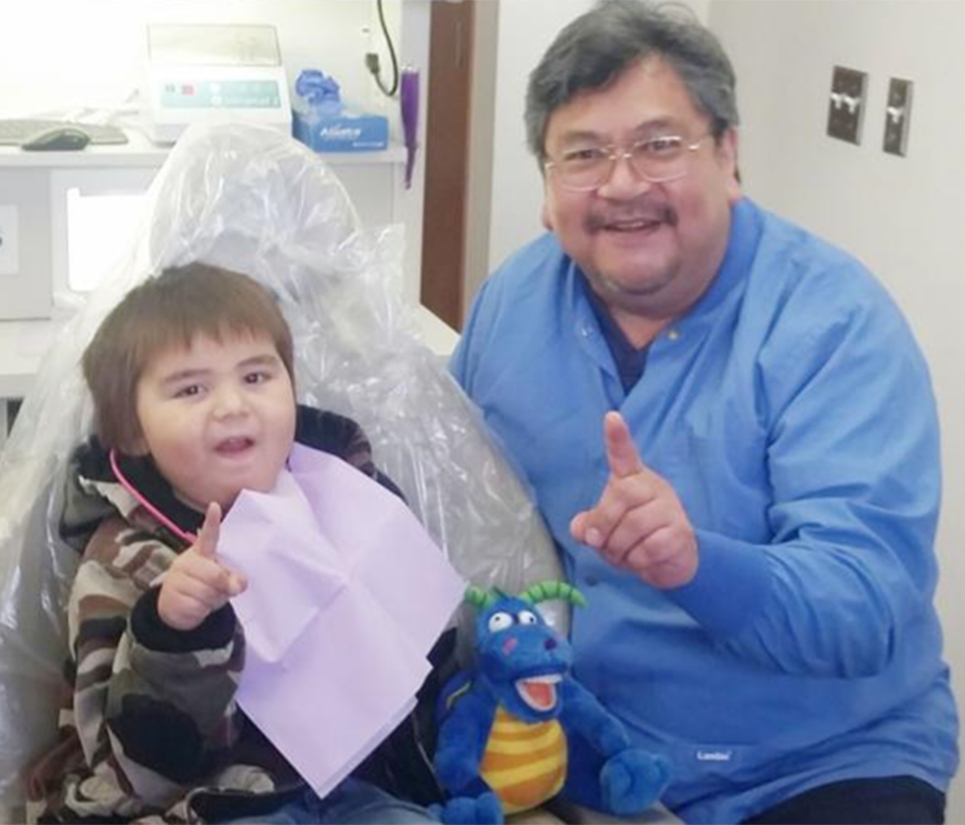Tribal Health Care System
Over half of Indian Health Services (IHS) appropriations are administered by tribes. In 1975, legal reforms known as the Indian Self-Determination and Education Assistance Act (ISDEAA) created a system of contracts and compacts allowing tribes to exercise their right to self-determination by taking over management of health care services that had previously been under federal control. Many of these tribal clinics provide care for non-natives and tribal descendants as well as tribal members.
IHS provides an interactive map that allows you to search for tribally-managed clinics by state.

Advantages and Challenges of Tribal Control of Health Care
Advantages
- Increased ability to provide culturally appropriate care
- Increased focus on prevention
- Increased opportunity for local partnerships
- Increased accountability
- Increased freedom to innovate 27
Challenges
- Administrative costs
- IHS funding deficiencies
- Need for capacity building within tribes
Alaska
In Alaska, about 99% of IHS funding is allocated to the tribes. 21 There are 31 tribal organizations that operate health care facilities across the state. In total, these tribal organizations manage seven hospitals, 36 health centers and 166 village clinics throughout the State of Alaska. 22
Idaho
In Idaho, there are seven health clinics managed by tribes funded in part by IHS, two Federally Qualified Health Centers that are managed by tribes, and one IHS-run health center. 23
Oregon
In Oregon, there are 13 tribally managed health care centers, two IHS-run health centers, and six facilities run by the Native American Rehabilitation Association of the NW, an Urban Indian Health Program. 24
Washington
In Washington, 27 tribes manage organizations that provide health care services 25, there are three IHS-run health centers 26, and there are two Urban Indian Health programs.
Tribal Health Care in Alaska
Alaska is slightly different than the other Northwest states in how it provides health care to Alaska Native and American Indian (AN/AI) people. As the statistics above highlighted, there are a significant number of Tribal Health Organizations (THOs) that are often associated with a village or a regional designation, like the Alaska Native Corporations. For a complete list of THOs, please visit the Indian Health Service website.
THOs are often the only health service providers available in any given area, so they provide services to all people regardless of tribal affiliation. The Alaska Native Tribal Health Consortium (ANTHC) isn’t a tribal health organization itself, but is a consortium of the tribal health organizations in Alaska. ANTHC and Southcentral Foundation co-own and manage the Alaska Native Medical Center. ANTHC also houses the Alaska Native Epidemiology Center.
Licensing
Tribal sovereignty means that licensing requirements for health care providers within tribal nations might differ from those in surrounding jurisdictions. Providers might be able to use a license from a different state than that of the tribal nation to practice within the tribal jurisdiction.
Tribal Public Health and Community Prevention Programs
Public health might have a different meaning in a tribal context than in state or local government. However, tribes work on many community prevention programs, and some have begun to make changes to their public health approaches parallel to changes in non-tribal governmental public health, such as modernization and accreditation.
Learn more about tribal public health at Seven Directions: A Center for Indigenous Public Health.
Learn about tribal public health modernization in Oregon by viewing the 2017 Oregon Tribal Public Health Modernization Summary Report.
Example of Self-Governance: Swinomish Indian Tribal Community Dental Clinic
Before Self-Governance
- Dental clinic operated out of an IHS-provided dental trailer, which was demolished in 2011.
- The clinic employed one dentist serving 3,000 Tribal members, leaving many unable to access care.
After Self-Governance
- New facility operated by the Swinomish Indian Tribal Community through a Self-Governance Compact.
- The Swinomish Tribe determined it has the power and obligation to address oral health systems change under Tribal Sovereignty without the authorization of House or Senate Committees, thus recently welcoming the first dental health aide therapists (DHAT) in the lower 48 states.
- In 2015, the Swinomish Tribe entered in to an agreement with the Alaska Native Tribal Health Consortium to provide DHAT training to Swinomish members.
- The Swinomish Tribe adopted their own Dental Health Providers licensing code under which they license Dentists, Hygienists and DHATs.
- In 2017, Washington State authorized the use of DHAT services at all on-reservation Indian health programs.
- The Swinomish worked for five years to pass a bill authorizing DHATs to practice in Washington State to bridge this gap.
- The Swinomish worked for two years to pass a Tribal-Specific DHAT Authorization Bill.